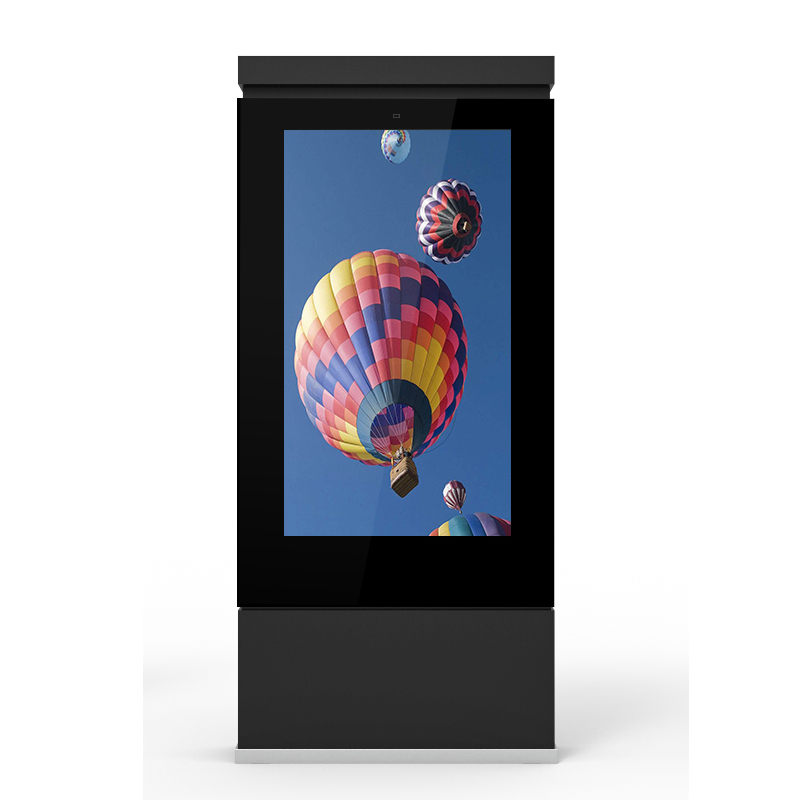The Principles, Applications, and Advantages of Industrial Touch Screens
Industrial touch screens are a crucial component in modern industrial applications, providing intuitive interfaces, durability, and efficiency enhancements. This article delves into the principles, applications, and advantages of industrial touch screens, highlighting their significance in various industrial settings.

Principles of Industrial Touch Screens
Industrial touch screens function by converting touch operations into electrical signals, enabling seamless interaction between humans and machines. Several technologies underpin these devices, each with unique characteristics and applications.
Resistive Touch Screens
Resistive touch screens work by forming an electrical field between two transparent conductive layers. Normally, these layers do not come into contact. However, when a user touches the screen, the pressure causes the layers to come into contact, altering the electrical field and creating a resistance. The touch screen controller detects this resistance change, thereby calculating the touch position.
Capacitive Touch Screens
Capacitive touch screens operate by sensing changes in the electrical charge on the screen surface. A conductive layer is coated on the screen surface. When a user touches the screen, the resulting charge is sensed by the conductive layer. The touch screen controller monitors these changes in capacitance to determine the touch position.
Surface Acoustic Wave (SAW) Touch Screens
SAW touch screens leverage the propagation of ultrasonic waves on the glass surface to detect touch locations. Multiple ultrasonic transmitters and receivers are embedded on the screen surface. The transmitters emit sound waves, which are then received by the receivers. When a user touches the screen, it alters the path of the sound waves. By monitoring the received waves, the touch position can be calculated.
Infrared Touch Screens
Infrared touch screens use an array of infrared emitters and detectors positioned around the screen to create an infrared grid. When a user touches the screen, it obstructs the infrared beams, allowing the system to calculate the touch position based on the interrupted beams.
Surface Capacitive Touch Screens
Similar to capacitive touch screens, surface capacitive touch screens have their conductive layer on the surface rather than inside. When a user touches the screen, the charge from their finger alters the current on the conductive layer. The touch screen controller detects this change, thereby determining the touch position.
Applications of Industrial Touch Screens
Industrial touch screens are ubiquitous in various industrial, commercial, and service sectors due to their enhanced interactivity and robust performance.
Industrial Automation
In manufacturing, industrial touch screens are used for equipment monitoring, data collection, and production line control. They provide real-time data display, facilitating adjustments and control by operators.
Transportation
In the railway and intelligent transportation sectors, touch screens are employed for vehicle scheduling, signal control, and passenger information inquiries.
Medical Equipment
In the medical field, touch screens are widely used for equipment monitoring, patient information inquiries, and medical imaging processing.
Energy Management
In the energy sector, including electricity, oil, and gas, touch screens are utilized for data monitoring, equipment control, and remote management.
Commercial Retail
Retail establishments like malls and supermarkets use touch screens as self-service terminals for product inquiries and checkouts.
Public Information Queries
In public places such as airports, train stations, and libraries, touch screens provide information services like flight schedules, arrival times, and book borrowing.
Entertainment and Gaming
In entertainment venues like amusement parks and KTVs, touch screens offer games and entertainment options.
Military and Aerospace
Due to the high requirements for stability and reliability, touch screens are extensively used in the military and aerospace industries.
Advantages of Industrial Touch Screens
Industrial touch screens offer numerous advantages that make them indispensable in various industrial applications.
Enhanced Productivity
The intuitive and straightforward operation of touch screens reduces the learning curve for operators, enabling them to become familiar with equipment quickly, thereby enhancing productivity.
Space Savings
Touch screens replace traditional buttons, knobs, and other physical controls, saving space and making equipment more compact and lightweight.
Water and Dust Resistance
Industrial touch screens are crafted with special materials and processes to provide excellent water and dust resistance, making them suitable for harsh environments.
Long Lifespan
These touch screens exhibit high wear and impact resistance, ensuring a long lifespan and lowering maintenance costs.
Customizability
Touch screens can be customized according to customer needs in terms of appearance, size, and functionality, catering to diverse application scenarios.
Scalability
Industrial touch screen solutions offer excellent compatibility and scalability, facilitating easy integration with other devices and systems.
Real-time Monitoring and Control
In automated production lines, touch screens serve as human-machine interfaces, displaying real-time production data and equipment status, facilitating monitoring and control by operators.
Robotic Control
Touch screens are integral to robotic control systems, enabling programming, debugging, and operation of robots.
Logistics and Warehousing
In warehousing management systems, touch screens facilitate real-time querying, inbound, and outbound functions for cargo information.
Smart Homes
As home device control centers, touch screens enable remote control and scene switching of home appliances.
Future Trends
The development of industrial touch screens is poised to evolve further. Key trends include:
Larger Sizes: Advancements in display technology will drive the development of larger, higher-resolution touch screens.
Multi-touch Capabilities: Future touch screens will support more touch points, enhancing operational flexibility and convenience.
Virtual and Augmented Reality (VR/AR): Touch screens will integrate VR and AR technologies to offer immersive operational experiences.
Artificial Intelligence (AI): Touch screens will incorporate AI for functions like intelligent speech and gesture recognition.
Internet of Things (IoT): Industrial touch screens will seamlessly connect with other IoT devices, fostering intelligent production and management systems.
Conclusion
Industrial touch screens are pivotal in modern industrial applications, offering intuitive interfaces, durability, and efficiency enhancements. Their diverse technologies, extensive applications, and numerous advantages make them indispensable in various industrial settings. As technology progresses, industrial touch screens will continue to evolve, driving efficiency and innovation across various industrial fields.
Application scenarios of digital signage

Tags:
self service kiosk touch kiosk digital signage interactive display interactive touch whiteboard kiosk video wall wall outdoor kiosk IP68 IP67 screen Shopping MallCurrent article link:
https://www.lcdkiosk.com/news/103.html







